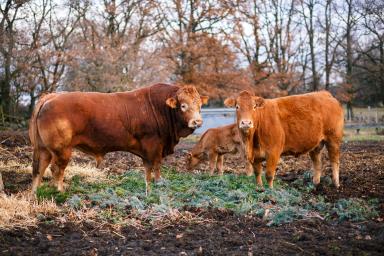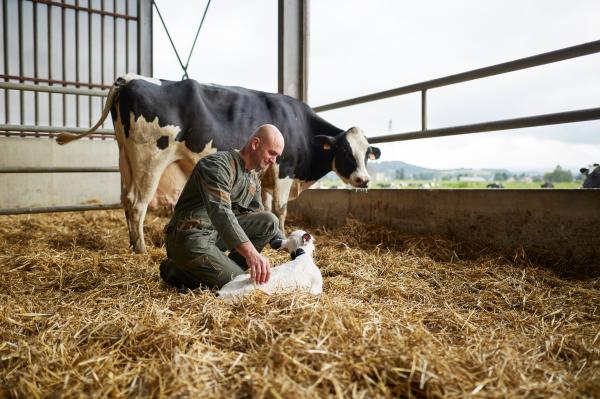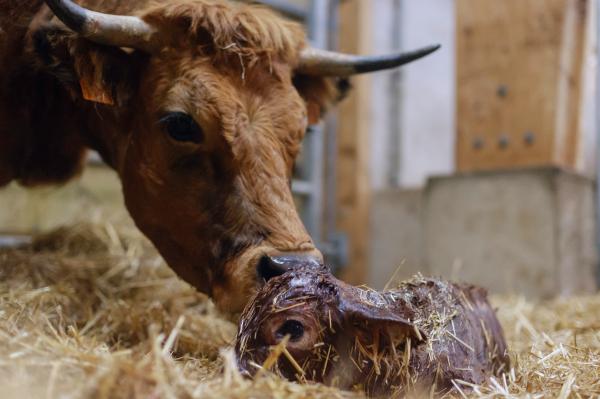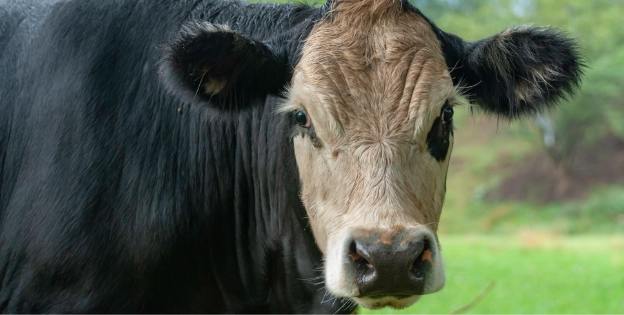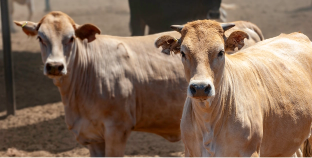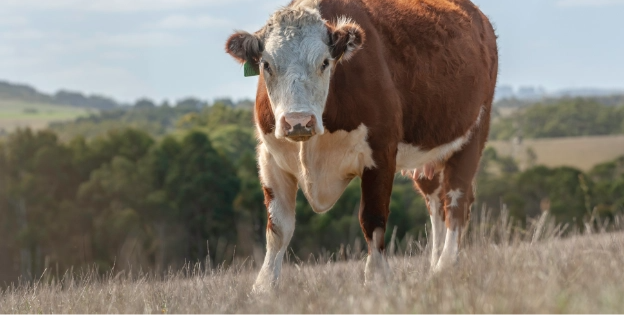REPRODUCTION
At the most important event in terms of change in a year of production, trace minerals represent resources for the cow and the fetus.
At the most important event in terms of change in a year of production, trace minerals represent resources for the cow and the fetus.
Reproductive success in livestock is essential for the economic livelihood of producers. In many livestock production systems, poor fertility is a major factor that limits productivity.
Late pregnancy and the onset of lactation require dramatic physiological adaptations, which causes oxidative stress and high demand for trace minerals (also referred to as trace elements) during months preceding the breeding period. At the time of breeding, marginal trace minerals deficiencies can seriously affect reproductive performance of cows and bulls.
Our 4-in1-injectable trace mineral supports your cattle during high-demand periods, like reproduction.
Zinc, copper, manganese, and selenium are essential for the breeding period, the development of the fetus, and adaptation of the neonate to its new life.
Machado, V. et al. Effect of an injectable trace mineral supplement containing selenium, copper, zinc, and manganese on the health and production of lactating Holstein cows. Vet. J. 197:451-6 (2013).
Machado, V. et al. Effect of an injectable trace mineral supplement containing selenium, copper, zinc, and manganese on the health and production of lactating Holstein cows. Vet. J. 197:451-6 (2013).
Preedy GW, Olson KC, Stevenson JS, Weaber RL, Hill SL. Injectable trace-mineral supplementation improves sperm motility and morphology of young beef bulls. Prof Anim Sci. 2018 Feb 1;34(1):1–9. Hill SL, Weaber RL, Havenga LJ, Olson KC. Breeding soundness of weaned bull calves treated with bolus injections of trace minerals. Clin Theriogenology. 2015;7(3):344.
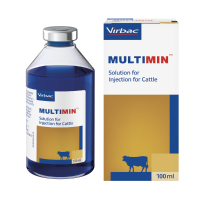
Get your cattle ready to perform during high demand periods.
Trace minerals are essential pre-calving and pre-breeding for the maturation of the ovocytes, and the quality and survival of embryos because they are critical components of the antioxidant defences, and for the production of hormones.
Minerals are essential for the development of veal calves and young bulls at weaning. In adult bulls, ITM supplementation 45-50 days before the start of the breeding season contributes to the quality and quantity of semen.
Nulla sollicitudin placerat mi, nec commodo risus convallis in.
Nulla sollicitudin placerat mi, nec commodo risus convallis in.
Nulla sollicitudin placerat mi, nec commodo risus convallis in.
Napuštate sajt
The information displayed on the destination site is dependent on the local regulations in force.

